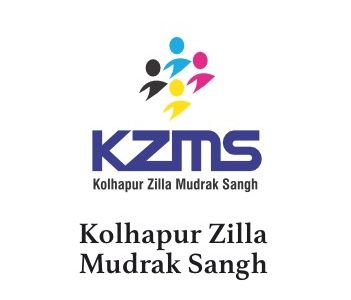
Xerox has announced the results of its review of the company’s portfolio and capital allocation options announced in October 2015. The board of the company has unanimously approved management’s plan to separate Xerox into two independent publicly traded companies, each of which will be a leader in its respective industry.
 “Today Xerox is taking further affirmative steps to drive shareholder value by announcing it will separate into two strong, independent, publicly traded companies,” Ursula Burns, chairman and CEO of Xerox, said. “These two companies will be well positioned to lead in their respective rapidly evolving markets and capitalize on the opportunities that now exist to expand margins and increase market share.”
“Today Xerox is taking further affirmative steps to drive shareholder value by announcing it will separate into two strong, independent, publicly traded companies,” Ursula Burns, chairman and CEO of Xerox, said. “These two companies will be well positioned to lead in their respective rapidly evolving markets and capitalize on the opportunities that now exist to expand margins and increase market share.”
“I am confident that the extensive structural review we conducted over the last few months has produced the right path forward for our company. We will now position the companies for success and execute our plan to separate them in the shortest possible timeframe while continuing to focus on achieving our 2016 goals,” added Burns.
New Company Details
The Document Technology company will continue to be a global leader in
document management and document outsourcing with approximately $11 billion in 2015 revenue. It will lead the market with superior technology, solutions and innovations that optimize document management in an increasingly interconnected, digital world. Its strong profitability and free cash flow generation will enable significant capital return and provide for selective investments in attractive growth areas.
The Business Process Outsourcing (BPO) company will be an industry leader that helps clients improve the flow of work by leveraging its expertise in managing transaction-intensive processes and applying innovations to automate and simplify business processes. With approximately $7 billion in 2015 revenue – more than 90 percent of which is annuity based – the company is focused on attractive growth markets including transportation, healthcare, commercial and government services. As an independent company, BPO will have the focus and flexibility needed to continue to adapt to the changing needs of its clients, further refine its portfolio of services and pursue significant growth and margin expansion opportunities.
greater agility and flexibility, the ability to innovate and adapt technology to address The leadership and names of the two companies will be determined as the separation process progresses.
Separation Rationale
Today’s market realities require clients’ fast-evolving needs, and a more focused and efficient approach to operations and capital allocation. As a result, it has become increasingly clear that the Document Technology and BPO businesses serve distinct client needs, have different growth drivers, and require customized operating models and capital structures. Thus, the separation of the two businesses will enhance their competitive positions and create significant value creation opportunities, including:
- Enhanced strategic and operational focus. Each company will leverage its areas of strength and differentiation to address distinct market trends and opportunities. The Document Technology company will invest selectively in growth areas while ensuring continued operational discipline and capturing transformative productivity. The BPO company will focus on leadership in attractive market segments to deliver differentiated solutions to its clients and drive profitable revenue growth.
- Simplification of organizational structure and resources.Each company will be able to adapt faster to clients’ changing needs, address specific market dynamics, target innovation and investments in select growth areas and accelerate decision making processes.
- Distinct and clear financial profiles. The separation will enable each company to leverage its distinct growth profile and cash flow characteristics to optimize its capital structure and capital allocation strategy.
- Compelling equity investment cases. As standalone companies, both companies will offer distinct and compelling investment propositions with differentiated financial profiles, growth drivers and business prospects.
Strategic Transformation
Xerox also announced a three year strategic transformation program targeting a cumulative $2.4 billion savings across all segments. The program is inclusive of ongoing activities and $600 million of incremental transformation initiatives. The company expects $700 million in annualized savings in 2016.
“A core tenet of the strategic transformation we are embarking on today is changing and improving the way we operationalize our businesses,” Burns said. “We have identified a plan to deliver cumulative reductions of $2.4 billion over the next three years as part of this process. I have instructed our teams to begin work immediately to deliver the efficiencies needed to achieve our goal.”
Next Steps
Xerox will begin the process to separate into the two companies while it finalizes the transaction structure. Xerox’s objective is to complete the separation by year-end, subject to customary conditions, receipt of regulatory approvals, tax considerations, securing any necessary financing and final approval of the Xerox board.
The transaction is intended to be tax-free to Xerox shareholders for federal income tax purposes.
Until the separation is complete, Xerox will continue to operate as a single company and it will continue to be business as usual for our customers and employees.




